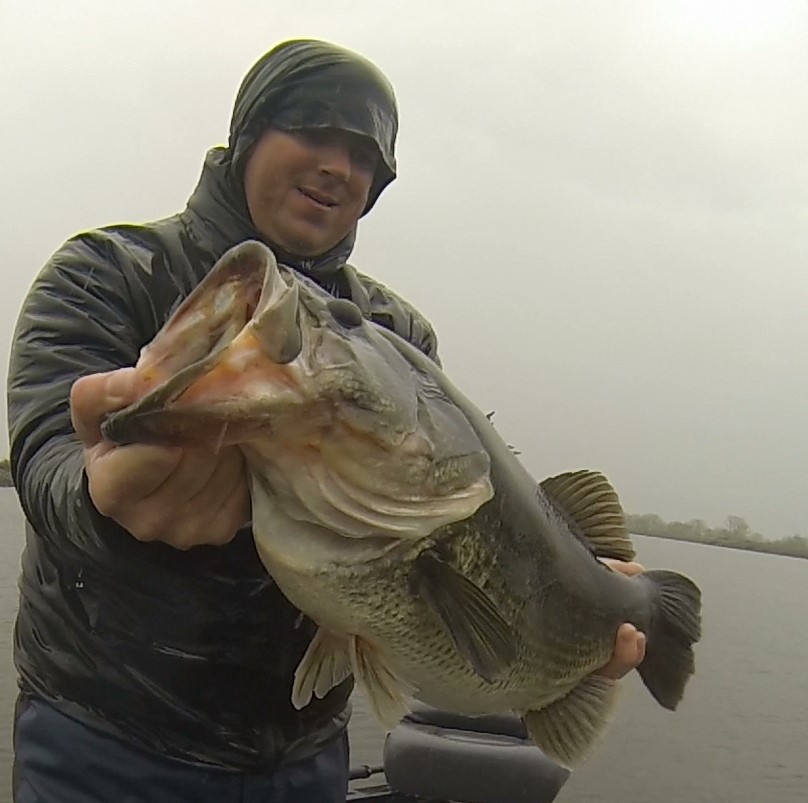3) Ball Head: The ball head is such a simplistic way to fish and consistently catches quality fish in the cold water months. Much like a darthead, you should thread the worm on so the point of the hook is left exposed. The difference between a ball head and virtually every other head design is that it has almost no action of its own. This is a drawback most of the year but when the water is cold that "dead action" drives the fish crazy. Tim and I both agree, a 5" senko is your best option with this presentation. Day in and day out, it gets a significantly larger bite than smaller worms.
4) A Jigging Spoon: The spoon is a deadly bait throughout the fall but don't lose faith as cooler temps take over and the bass become lethargic. Using a very subtle flip-flop approach, keeping the jig on bottom at all times, is a phenomenal way to get a big bite in winter. Matt prefers the Blade Runner DUH spoon for its ideal weight, size, and color schemes.
5) The Small Swimbait: I prefer the 6" Basstrix or the 4.8 Keitech coupled with 1/2 and 3/4 oz Swimbait Heads. With an exposed lead head its very easy to maintain bottom contact. From rock to gravel, sand to mud, you'll feel every change in contour and the bite will be unmistakable. For this method I maintain constant bottom contact and swim the bait as slowly as I can stand. It presents a sizable but slow moving meal to the bass that is hard to resist.
This Winter, consider not getting your boat winterized. Instead, head for the lake! The bass are still there and they still need to feed. You may be surprised to find that some of your biggest bites of the year come when the water temperature is below 50 degrees.

